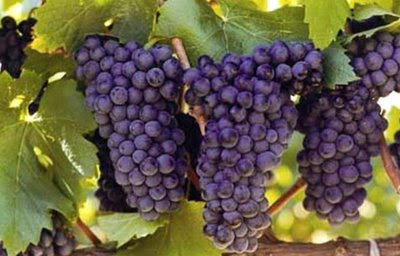Labels:
mixed
Folle Blanche (fol blonsh) was best known as the variety used in making the brandies of Cognac and Armagnac.The use of rootstocks, which became necessary after the phylloxera invasion, accentuated its susceptibility to Botrytis; in affected areas its replacement by Saint Emilion (syn.Trebbiano) and, to a lesser extent, Colombard is well advanced.This is reflected in the decrease in planted area in France from 15 800 ha to 3600 ha between 1958 and 1988. However, it is maintaining and even slightly increasing its area in the lower valley of the Loire, where it is used to make a wine exported to Germany for making sparkling wines, or a white table wine, high in acid and low in alcohol, for which there is some demand.In California it accumulates enough sugar to make a good table wine, yet retains enough acid to be excellent for sparkling wine. However, expansion is restricted by problems with bunch rot. The variety has not been grown commercially in Australia. Plantings which might have been Folle Blanche have proved to be the variety known as Sercial in Australia.



